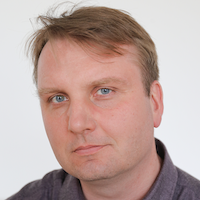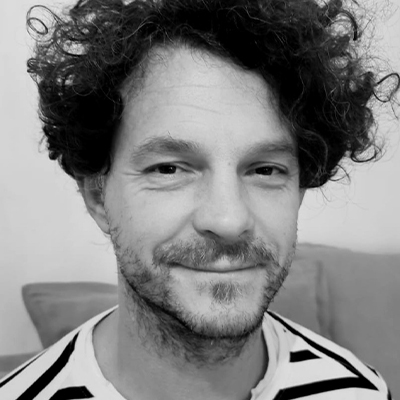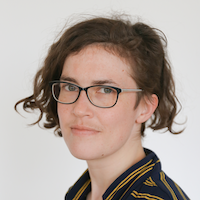Hi from Madrid,
In Spain, we start the New Year in the living-room, gathering around the TV, watching the main square’s clock and gobbling up 12 grapes, one for each ‘dong’. This is a family tradition in family homes. In Spain, having your own house is almost integral to starting a family. But also it’s our country’s curse: the Spanish property bubble is looming again, the post-traumatic stress caused by the 2008 crisis, and the soaring rents.
We have a complicated relationship with housing, and this national problem is now becoming a European one: from Poland’s farewell to cheap property to Estonia’s ‘sacred’ view of homeownership. Is Vienna’s less-than-perfect-solution to cheap rent the way forward, or should we listen to some voices of ecologists in Germany? In this newsletter we reflect on one of the biggest questions for our future: where and how we’re going to live.
Alicia Alamillos
this week’s Editor-in-Chief
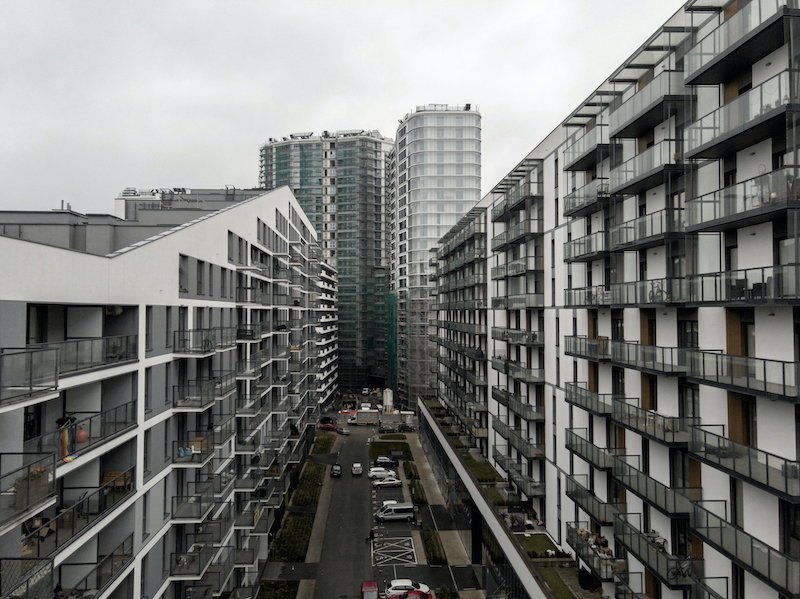
Looking to rent an apartment in Poland? Be prepared for high costs. Last year, rents rose by nearly 18%. In the five largest cities of Warsaw, Krakow, Wroclaw, Poznan and Gdansk, the increase was even higher, at 30-40%. A two-bedroom apartment of 45 square metres in a major Polish city costs €800 per month, while the average income over the same period is €1,050.
Prices were already rising rapidly before the war in Ukraine, but when more than a million Ukrainian refugees arrived in Poland, the housing market became even more difficult. Inflation, fuelled by the energy crisis, is making matters worse.
The roots go back to the housing shortage of the communist era, but even after the fall of communism, no government has built enough social housing. The effects are still felt today: according to Eurostat, Poland has the lowest number of rooms per person in the European Union (just 1.1). At the same time, Polish families are the most numerous (2.8 people on average per family).
There are no signs that the situation will improve. The recent construction boom helped to alleviate the housing market deficit, but it wasn’t enough. Last year, the Central Bank raised interest rates due to inflation, making credit expensive and difficult to access.
This had a massive knock-on effect: mortgage applications fell by 63% in 2022. Investment is also slowing down: developers are building less and less, affected by the skyrocketing interest rates. Only if inflation falls will there be a rate cut, but the market has already changed. Now the Poles are not only stuck in literal tight rooms, but there isn’t really a way out for the housing market in sight.

Rising interest rates are expected to push up average mortgage payments in Estonia by up to 45% this year, taking hundreds of euros out of families’ pockets each month.
For Estonians, home ownership is sacred as this comparative map of European home ownerships shows. This attitude has been reinforced by years of sub-zero interest rates and booming real estate prices, which have fuelled fears of missing out on the opportunity to buy property at an affordable price.
With inflation at record highs and utility costs skyrocketing, people remember the 2008 financial crisis, when many lost their homes, are coming back.
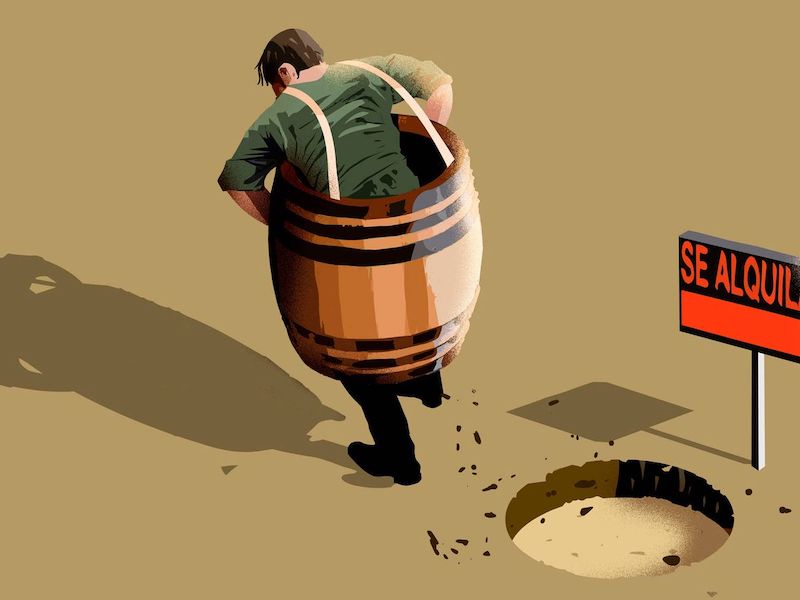
Like many young-but-not-that-young Europeans in their thirties, my partner and I face a dilemma: should we continue renting or buy a house? Whatever the answer, one thing is clear: in Spain, we are lucky to be able to ask ourselves this question at all.
For most young Spaniards, renting is not a choice. It is the only option available. Gone are the golden days when banks offered a 100% mortgage. Nowadays, financial institutions require at least 20% of the property price as a down payment. This is only possible for almost all young people in Spain if their older relatives can help out.
Culturally, my country strongly favours buying over renting. I don’t have a single friend who would rather rent than own a house. Yet homeownership among the under 35s has almost halved in the last decade.
But the alternative has not been a real solution. Despite the ongoing digital transformation, most young Spaniards still have to move to Madrid or Barcelona to find a job. This has sent rents through the roof, with respective annual increases of 15.4% and 19.9% in 2022 alone.
There lies the Spanish rent trap. Ever-rising rents make it harder to save money, making it difficult to buy a property. This, in turn, means that young people stay in rented accommodation for longer. It’s a vicious circle that my partner and I, two of the lucky few, may be able to break free from, but it will keep younger generations trapped for decades.
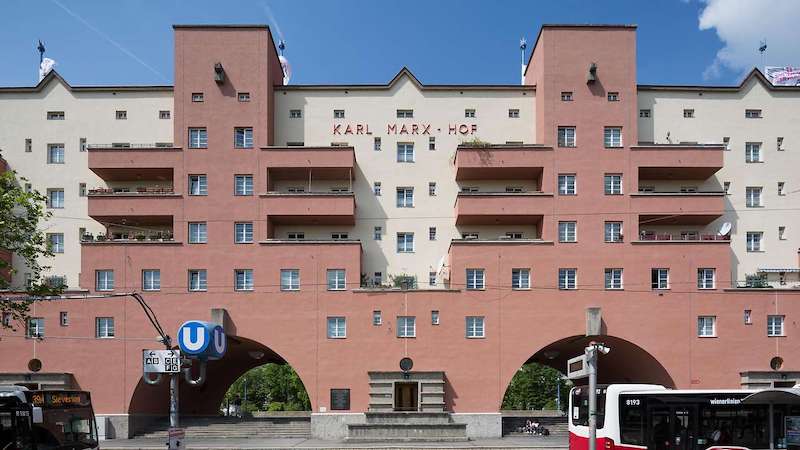
“I am so happy that I was able to get hold of a council flat. My monthly income is not enough to rent a two-room apartment on the open market. You have to know the cost of a council flat is about half as much as the rent for an ordinary apartment.
Still, it’s not easy to get one. In the beginning, I had to go to the authorities again and again to comply with the various requirements. In the end, it took several months before I got an apartment. So this requires patience.“
The first council flats in the two-million strong city of Vienna were built a hundred years ago. There are now 220,000 such apartments in the city housing 500,000 residents. Edit Gyimesi, 57, has lived in a council flat for three years.
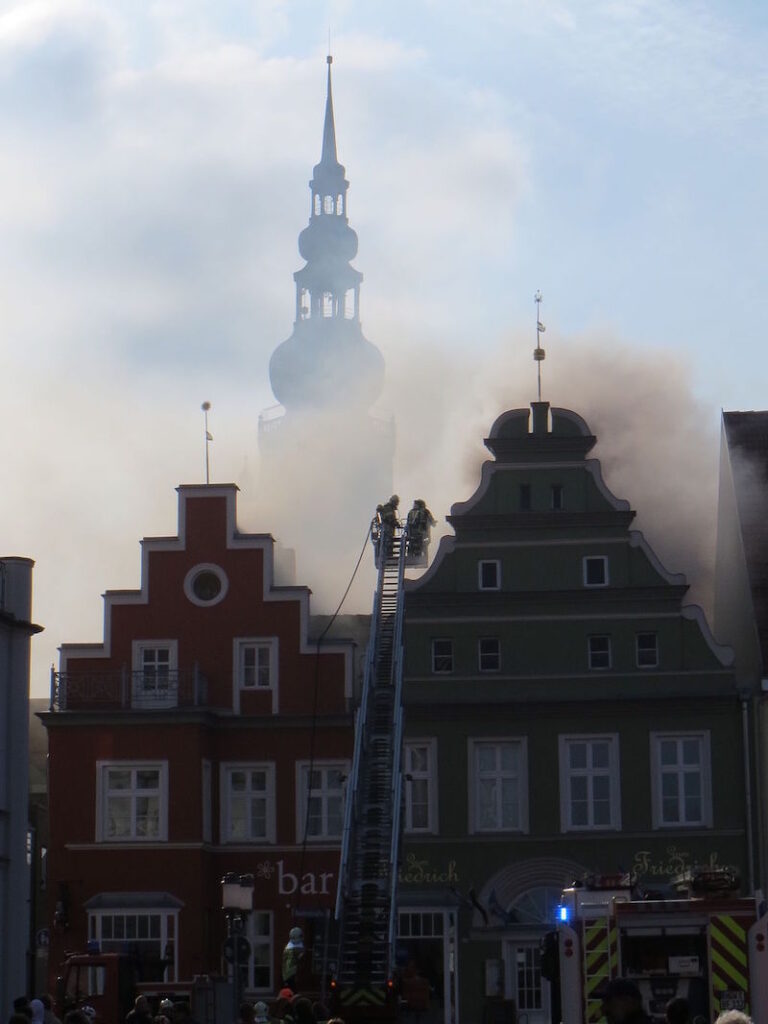
Building more is not the way to solve the housing crisis. Furthermore, it fuels another crisis: climate change. The building and construction sector accounts for almost 39% of energy and process-related carbon dioxide (CO2) emissions. Eight percent alone are caused by cement production. Maybe we simply should build less.
There is not really a shortage of living space in Germany, but we are facing a problem of distribution instead: Elderly people are continuing to live in the houses where they have raised their children, and these children are struggling to find a flat on their own. The amount of single households is rising, and all of them need a kitchen and a bathroom for an individual occupant, which means a lot more square meters.
Since 1960, the average available living space per person has increased by almost one and a half times: from 19 square meters to almost 48 in 2021. In Berlin, 25% more living space has been built since 1989, while the population has grown by only 10%. But even today, poorer people live in overcrowded apartments.
What we need is a change of perspective: we need to look for solutions on how to share the housing space we already have. This could mean swapping apartments between those who need more space and those who don’t, and developing new models of living. If we push these solutions, we could build much less – and reduce climate pollution, which is urgently needed.
Our house is on fire, as Greta Thunberg has put it. We should extinguish the flames burning the house we already have – by building less.
Thank you for reading the 14th edition of European Focus,
Housing and how Europe approaches this challenge will be one of the most pressing questions for governments in the coming years. This is a crisis that is boiling over, and affecting the whole fabric of our society. We have seen the problem. Now, let’s try to find solutions.
See you next Wednesday!
Alicia Alamillos


